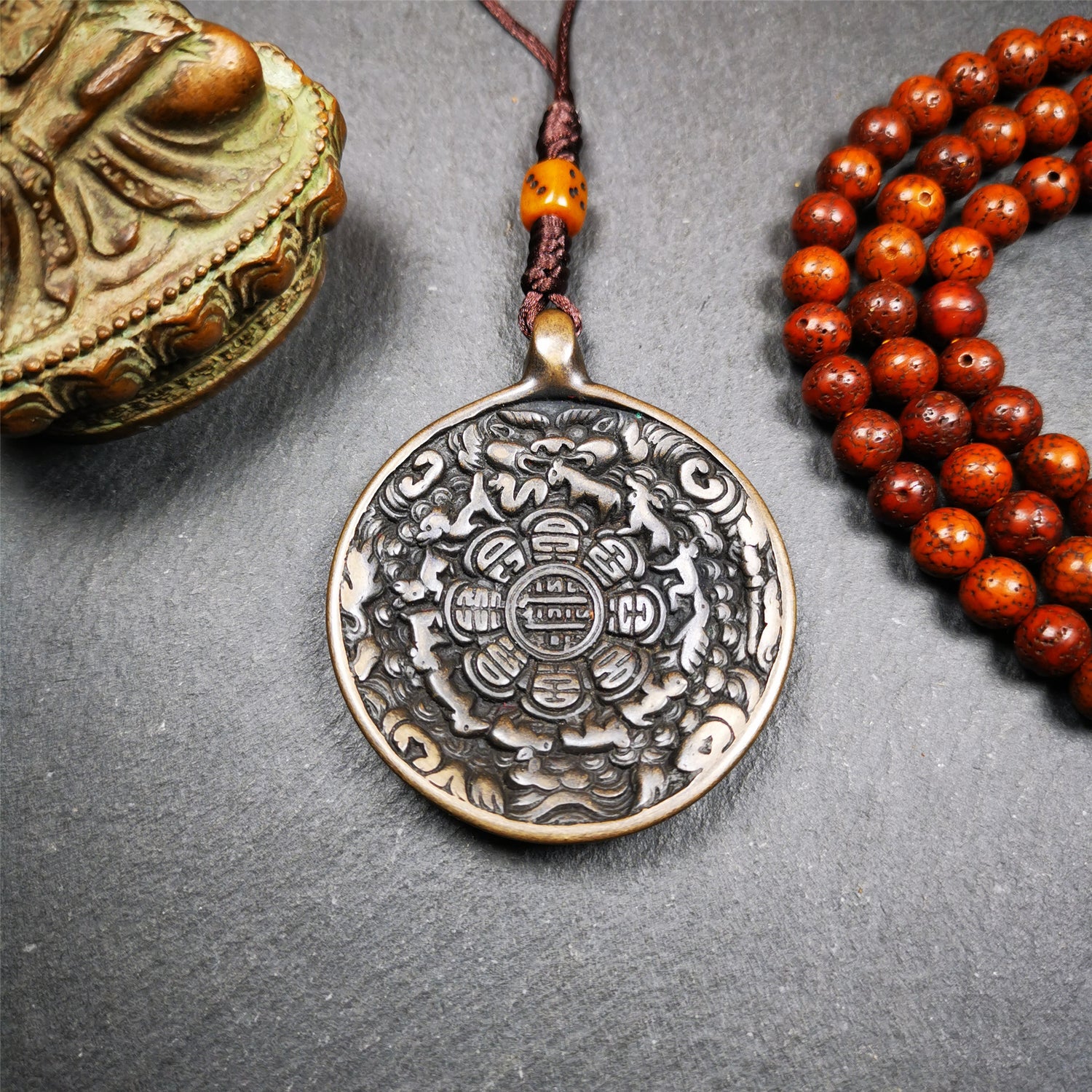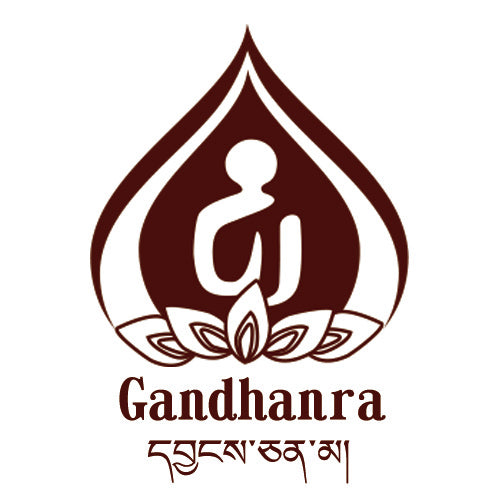1
/
of
10
Gandhanra Antique Handmade Gau Ghau Shrine, Je Tsongkhapa,Losang Drakpa,Je Rinpoche,Mini Tibetan Buddhist Altar Amulet Pendant
Gandhanra Antique Handmade Gau Ghau Shrine, Je Tsongkhapa,Losang Drakpa,Je Rinpoche,Mini Tibetan Buddhist Altar Amulet Pendant
⏱Vintage:
☞Handmade:
⚒Materials:
☲Size:
Regular price
$49.99 USD
Regular price
Sale price
$49.99 USD
Unit price
/
per
Couldn't load pickup availability
This Gau box of Je Tsongkhapa is collected from Tibet,handmade antique mini buddhist alter pandent,amulet, different shap and made of different material.
You can make it into a necklace, or a keychain, or just put it on your desk,as an ornament.
All our crafts are directly purchased from small artisans in Tibet.
When you purchase it helps and support the artisan and their families in Tibet.
Your support is highly appreciated.
❤Details
100% Handmade
Pendant material:copper , iron
Size:
Height:2.8cm / 1.1 inch
Width: 2.5cm / 0.98 inch
Thickness: 1.3cm / 0.51inch
❤ABOUT Gau Shrine:
A "Gau" or "Ghau" is a Tibetan Buddhist amulet container or prayer box, usually made of metal like silver, brass, copper or gold, and can be worn as jewellery if small enough. They are portable shrines that opens to a concealed inner space, and is traditionally used by Tibetan Buddhists to hold a picture of their favourite diety or Lama, a folded up scroll of sacred mantras, special herbs or sacred relics, and prayer flags.
- This Tibetan Gau Portable Shrine can be worn hanging from the neck or from a waist sash or belt.
❤DESCRIPTION
Tsongkhapa ("The man from Tsongkha", 1357–1419), usually taken to mean "the Man from Onion Valley", born in Amdo, was a famous teacher of Tibetan Buddhism whose activities led to the formation of the Gelug school of Tibetan Buddhism. He is also known by his ordained name Losang Drakpa (Wylie: blo bzang grags pa) or simply as "Je Rinpoche" (Wylie: rje rin po che). Also, he is known by Chinese as Zongkapa Lobsang Zhaba,He was the son of a Tibetan Longben Tribal leader who also once served as an official of the Yuan Dynasty of China.
In his two main treatises, the Lamrim Chenmo (Wylie: lam rim chen mo) and Ngakrim Chenmo (Wylie: sngags rim chen mo), Tsongkhapa meticulously sets forth this graduated way and how one establishes oneself in the paths of sutra and tantra.
Tsongkhapa was one of the foremost authorities of Tibetan Buddhism at the time. He composed a devotional prayer called the Migtsema Prayer to his Sakya master Rendawa, which was offered back to Tsongkhapa, with the note of his master saying that these verses were more applicable to Tsongkhapa than to himself.
View full details





















